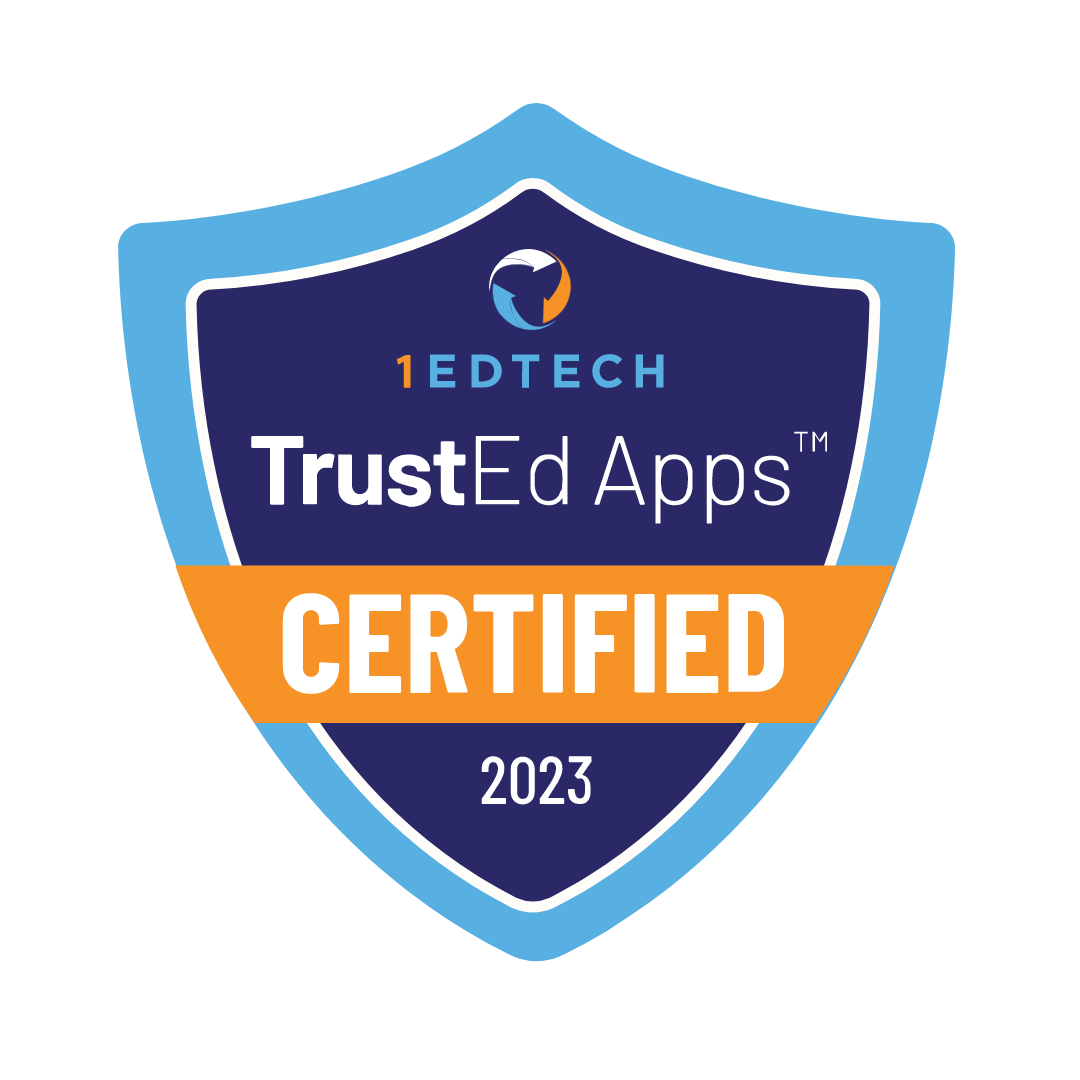Contents
More families choose online education. Online education works well for families who travel often or for children with special needs. One of the options for online learning is private online schools.

Private online schools are educational institutions focused on providing a higher quality and more personalized education for students online. Students can receive a great education without leaving home. About 4.7 million students were enrolled in K-12 U.S. private schools during the 2021-2022 school year, according to the National Center for Education Statistics. Let’s explore the seven benefits of private online schools.
Personalized Learning
Private online schools limit the number of students in each class. This number is always kept small, allowing every student to receive sufficient attention from the teacher. Teachers monitor each student’s progress and areas of difficulty closely. Teachers provide additional, personalized explanations to help students succeed.
Advanced Coursework Options
Private online schools offer Advanced Placement (AP) courses, dual-enrollment, and honors classes. Students can take harder subjects to stand out. This gives children a head start for the future.
Safe Learning Environment
Private online schools provide a calm, safe space for learning. Kids avoid bullying and other distractions. Families can create a positive learning atmosphere at home. This helps kids focus and feel supported.


Specialized Programs
Private online schools offer courses and programs more specialized in certain areas, such as religion. Traditional schools usually can’t provide these courses and programs. This makes private schools an excellent choice for families who want to raise their children with specific traditions or have them learn particular subjects in depth.
Focus on Life Skills
Private online schools teach time management, goal setting, and organization. These skills help kids balance schoolwork and other activities. Students practice skills they will use in real life.
Technical Integration
Private online schools use tools like coding apps, virtual labs, and interactive lessons. Technology makes learning fun and practical. Kids learn digital skills they need for the future. This keeps lessons modern and engaging.
Emotional Support
Private online schools provide counselors and teacher support for kids’ well-being. Teachers check in with students and give personal attention. Kids feel more confident and less stressed. This helps students grow in school and life.
Why Do Students Choose Legacy Online School?
“I like the principles on which the school is based. It is respectful, supportive, flexible and wants every child to feel successful”
Parent’s review, Niche

Legacy Online School is a good example of private online schools. The school offers an accredited program meeting high educational standards. Teachers give one-on-one support, making sure each student gets personal attention. The lessons are designed to fit each student’s pace, so they can learn in a way, working best for them. Regular tests show where extra help is needed and feedback keeps students on track.
The school creates a community with virtual clubs and extracurricular opportunities. This helps students make friends and work together, even online.
Learn more about Legacy Online School’s values in this article.











